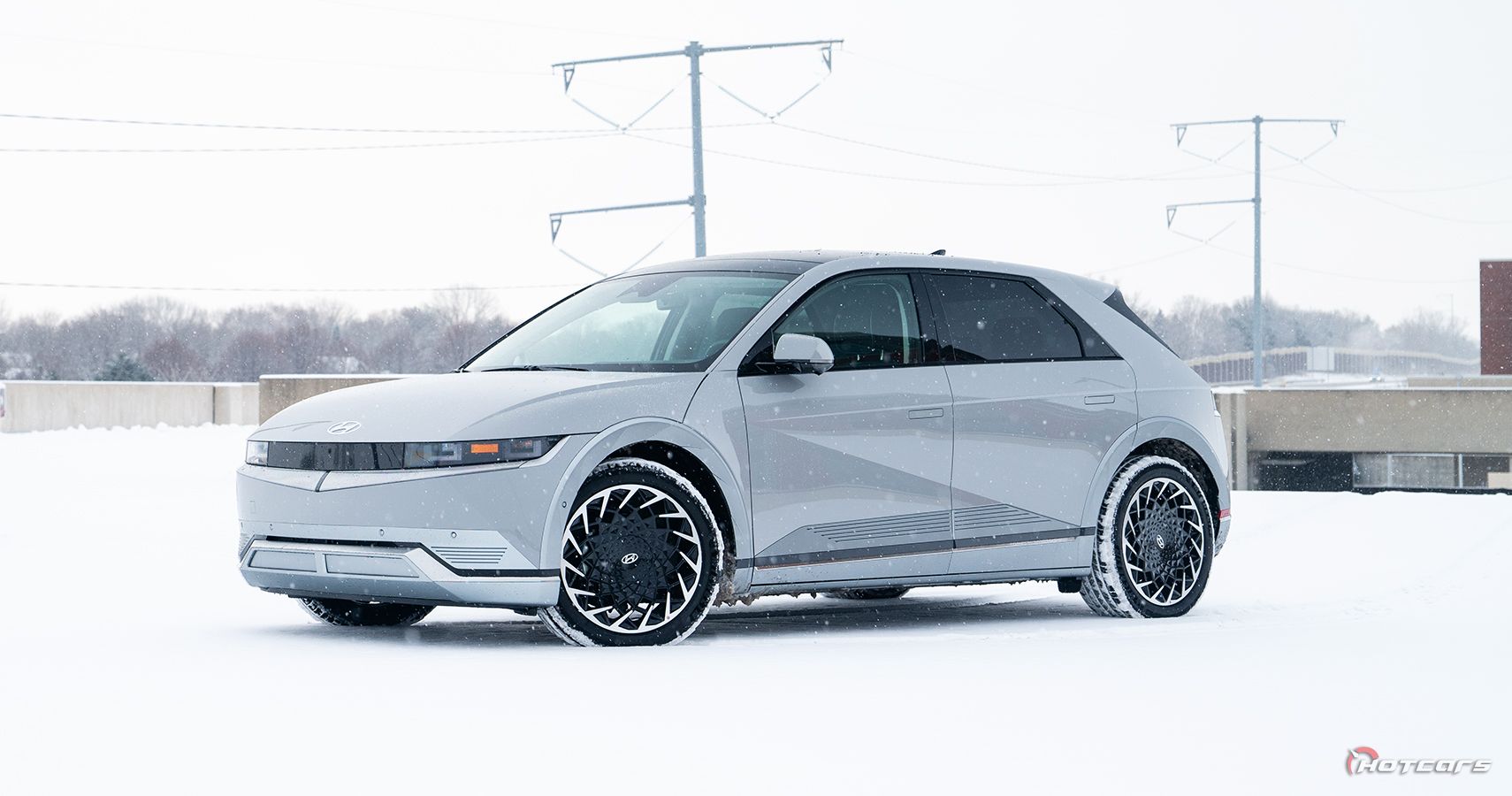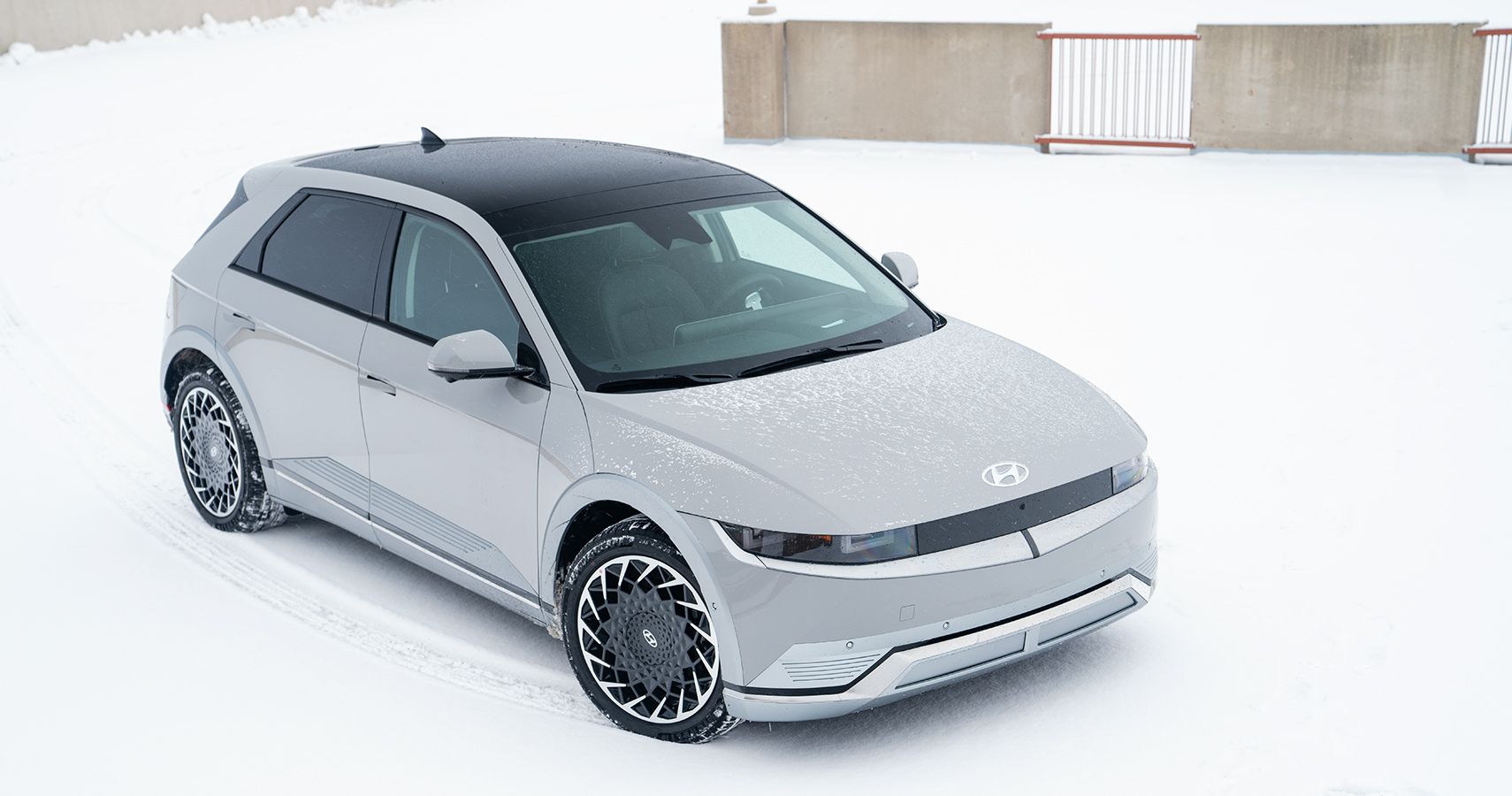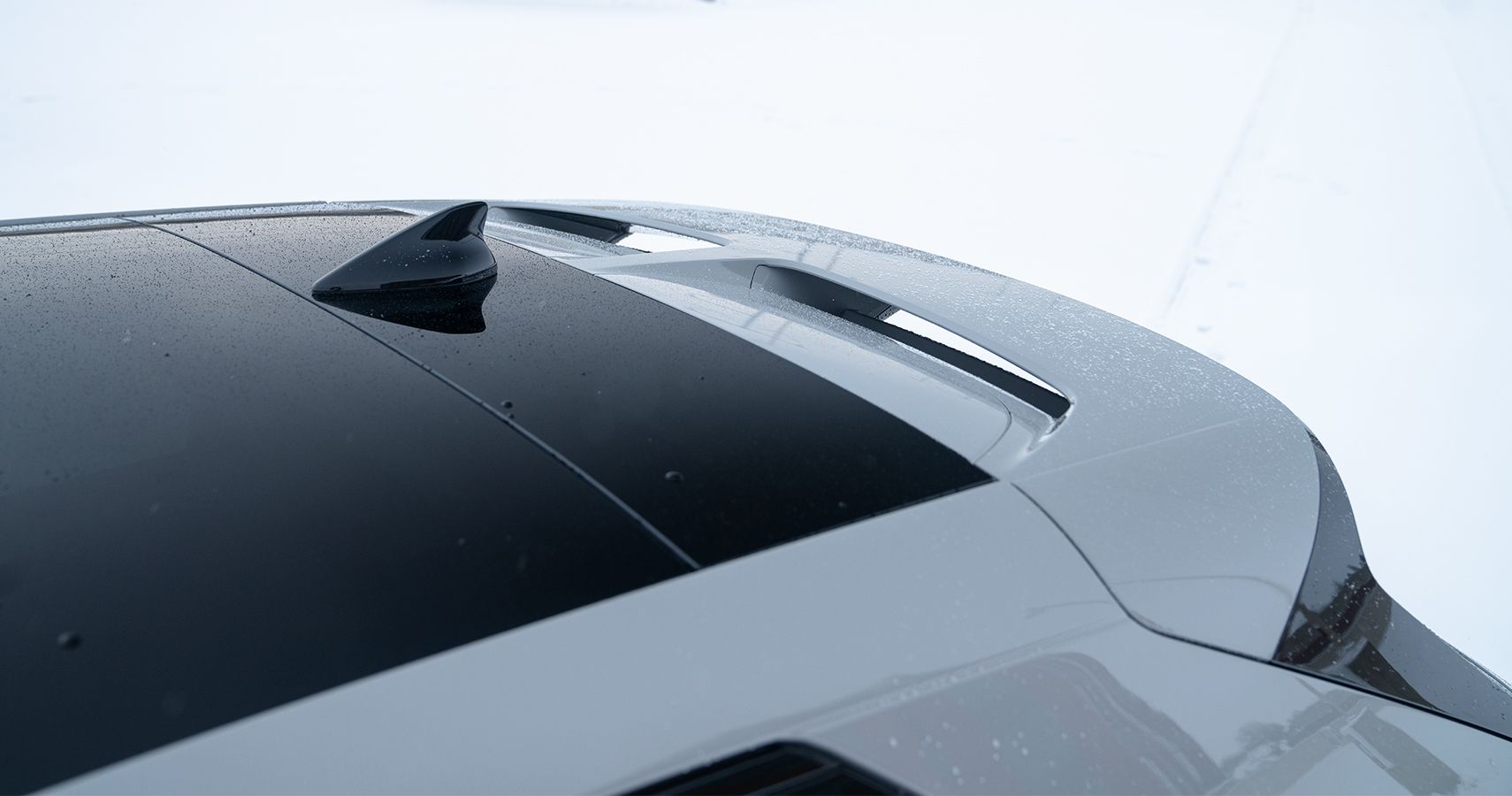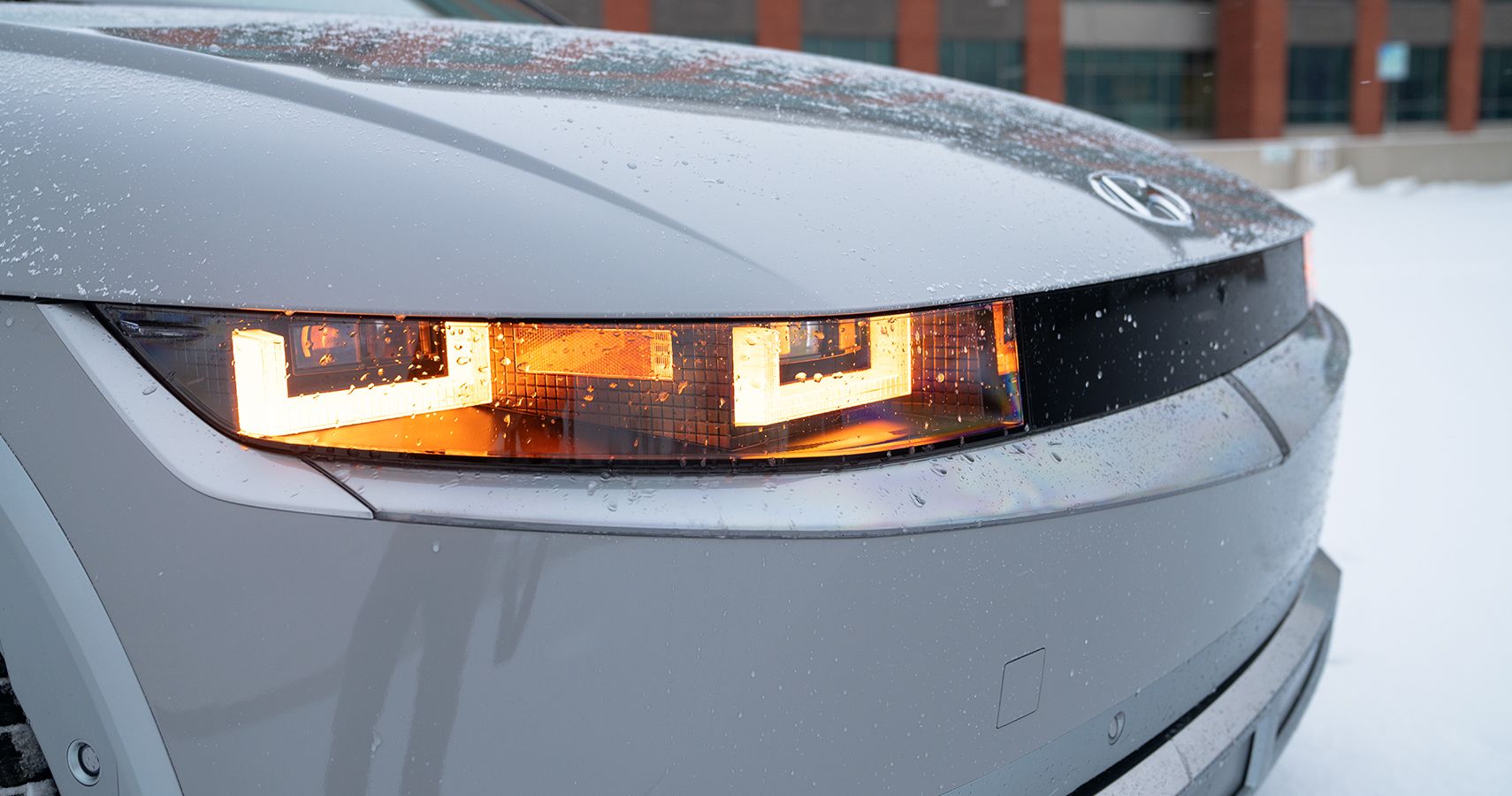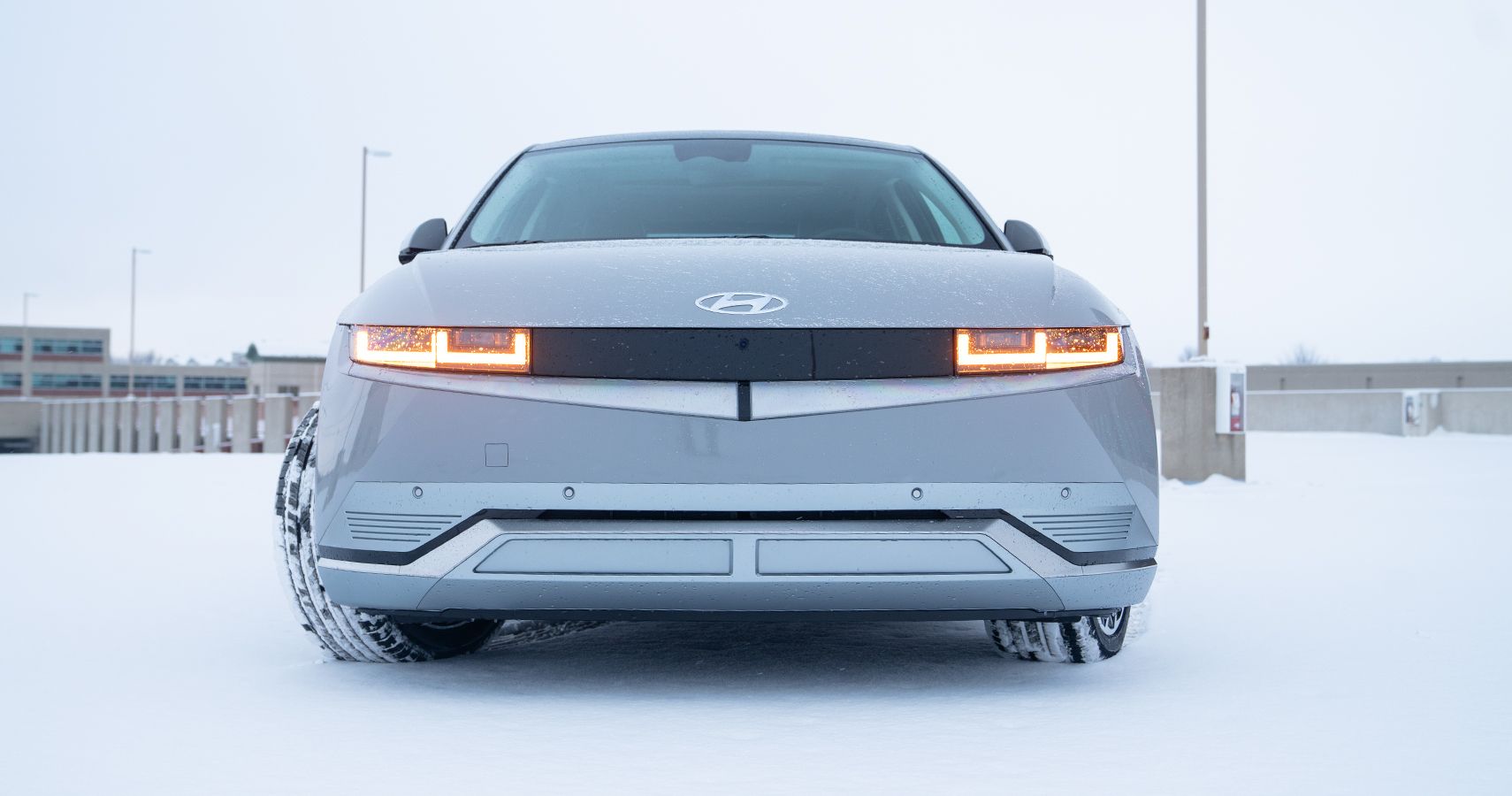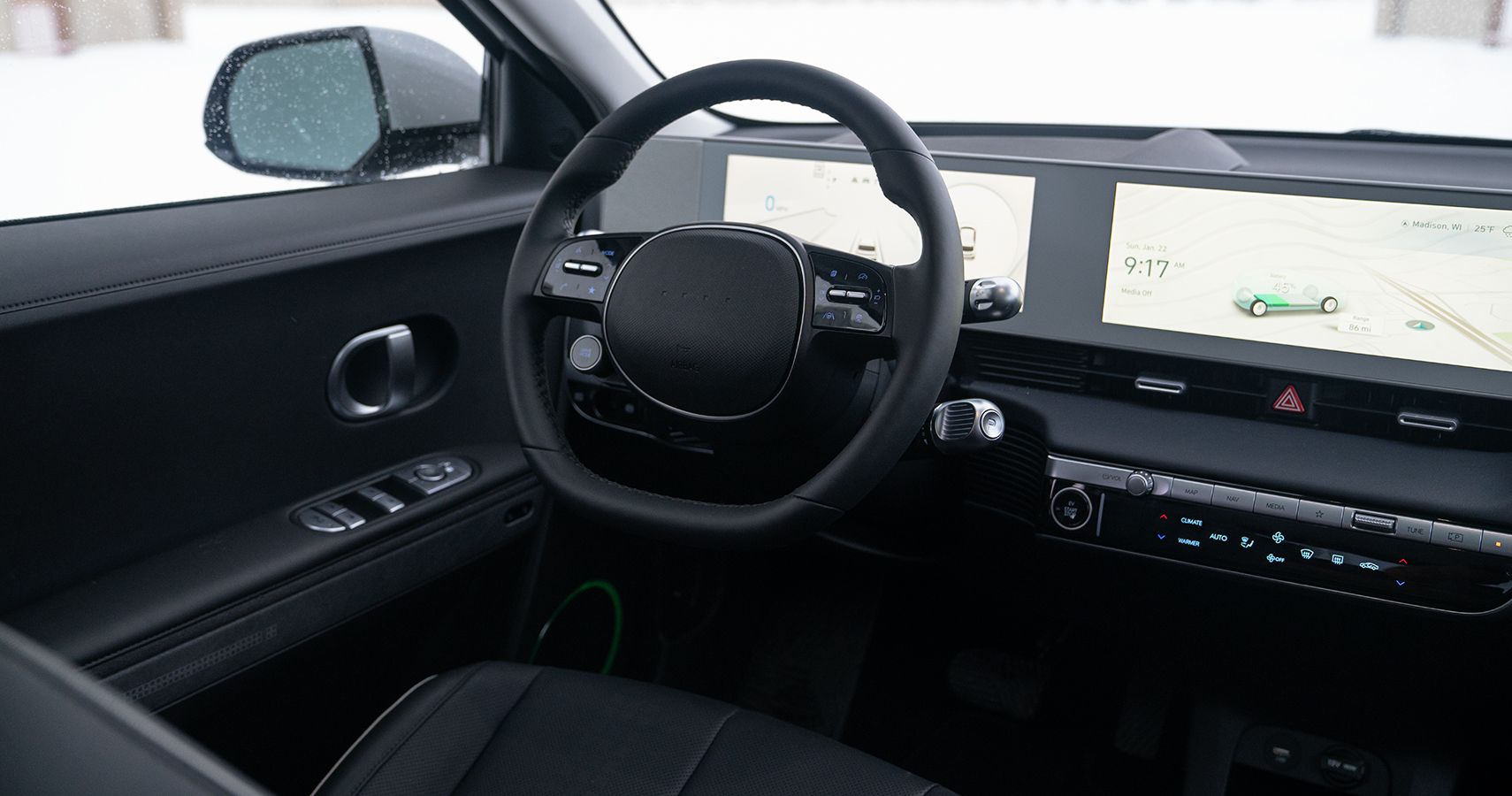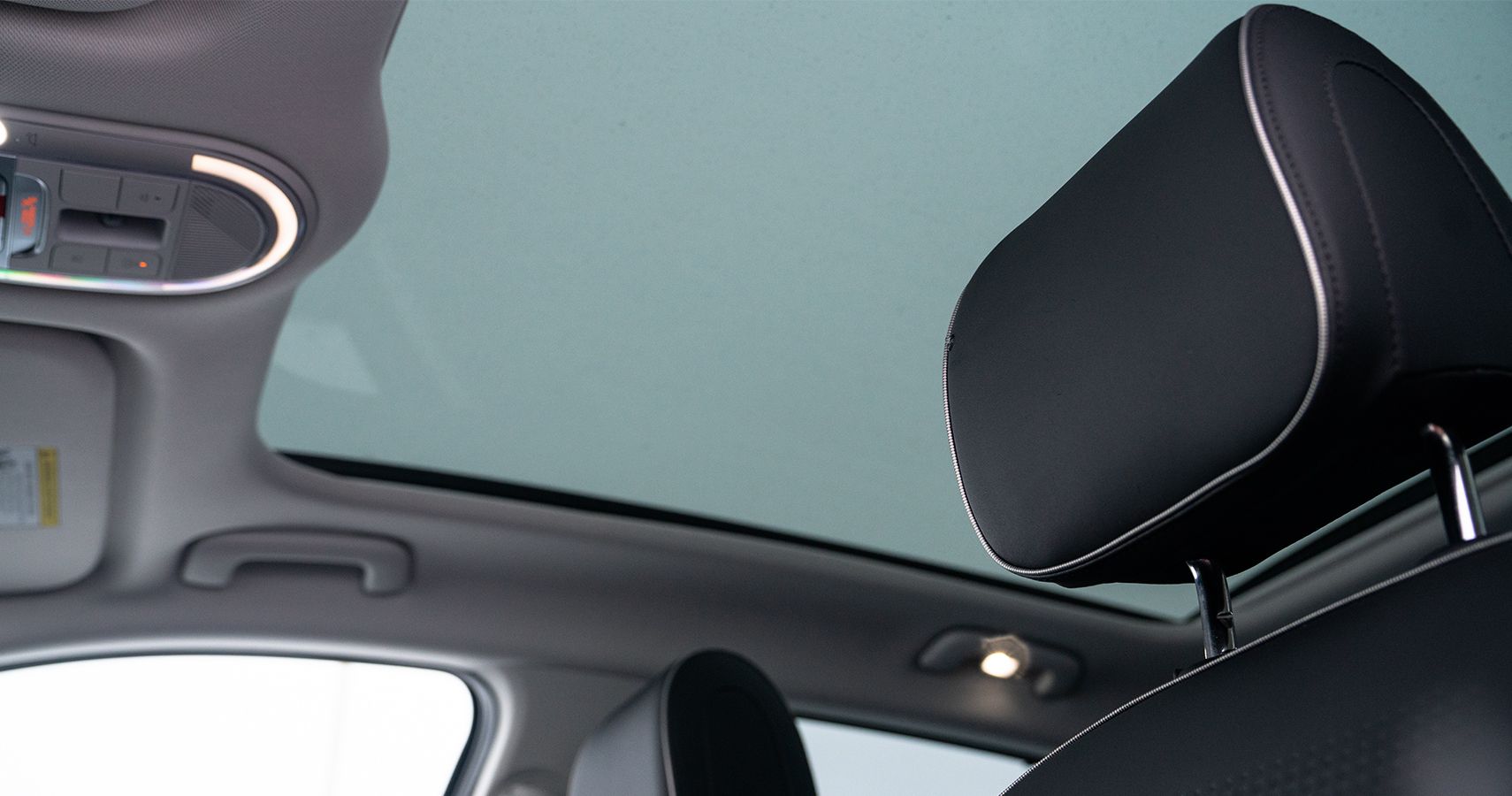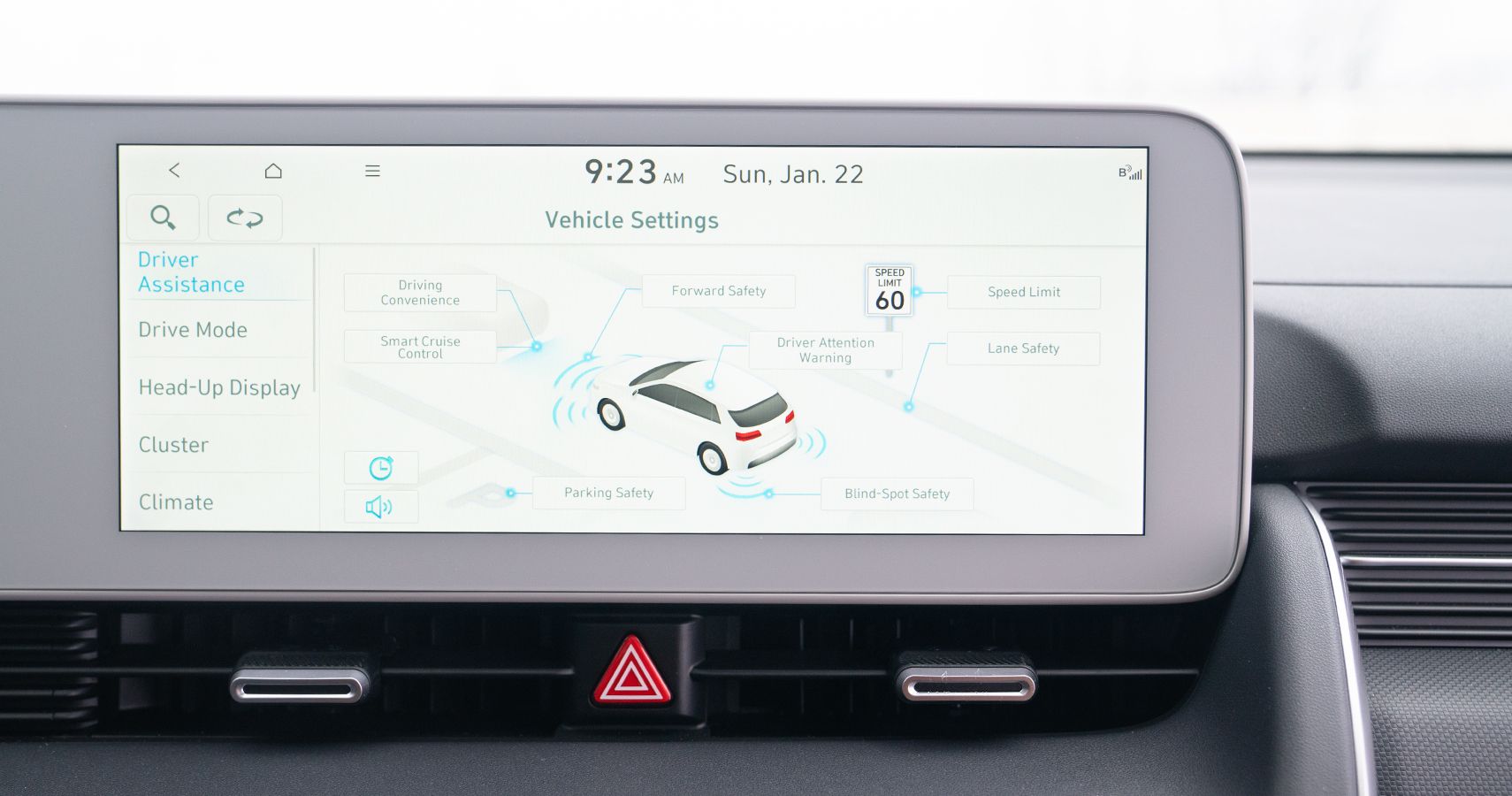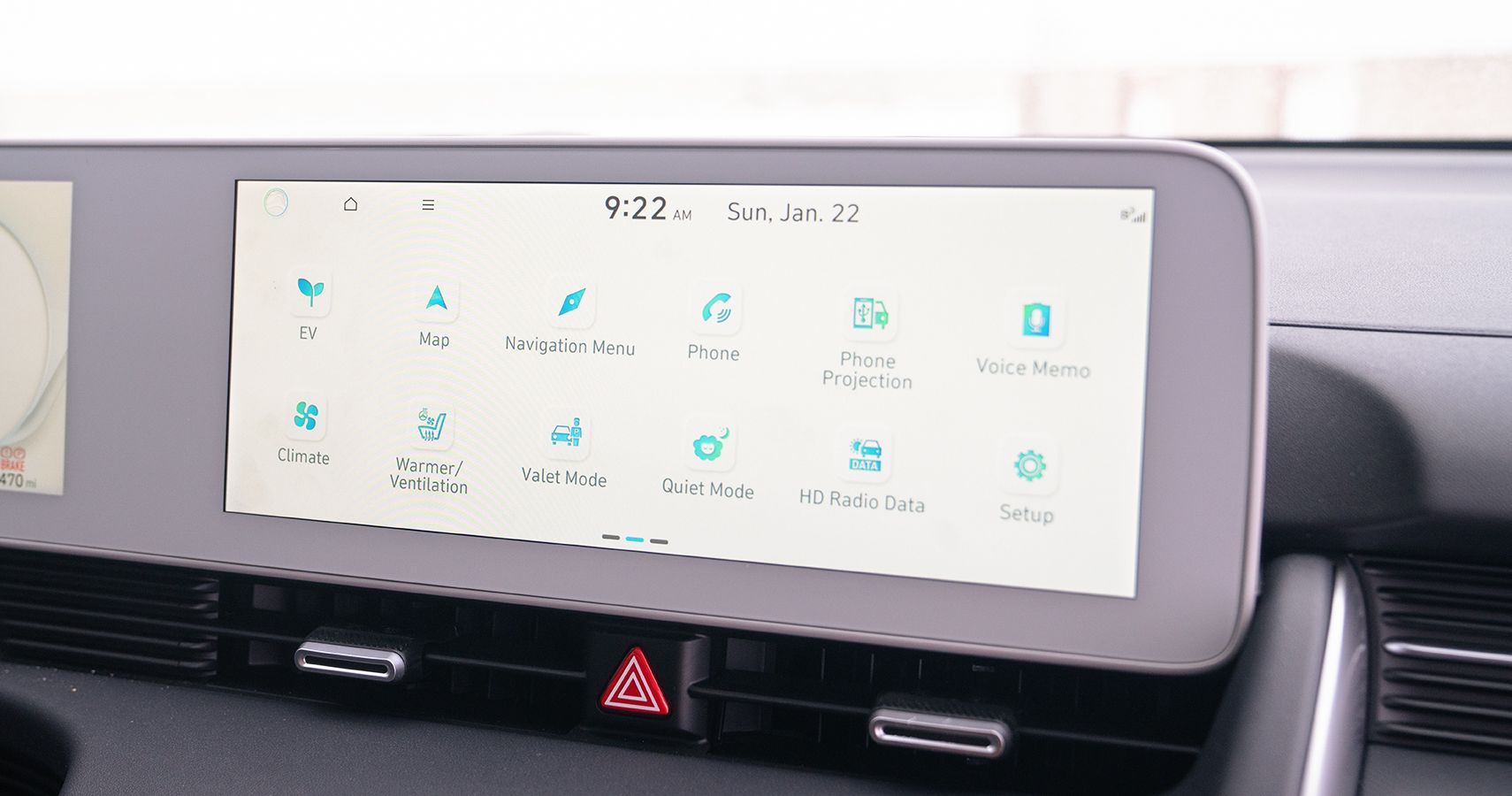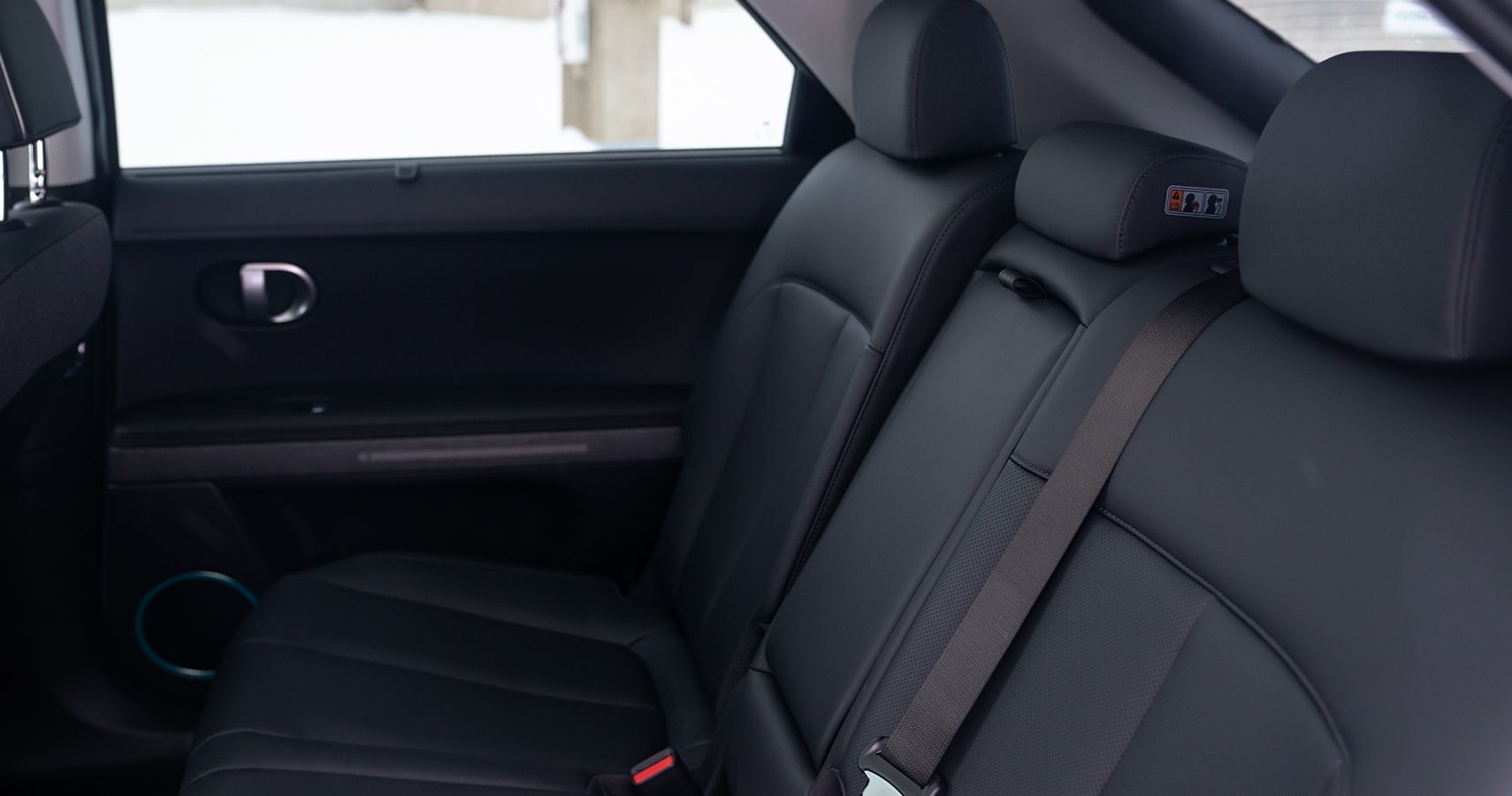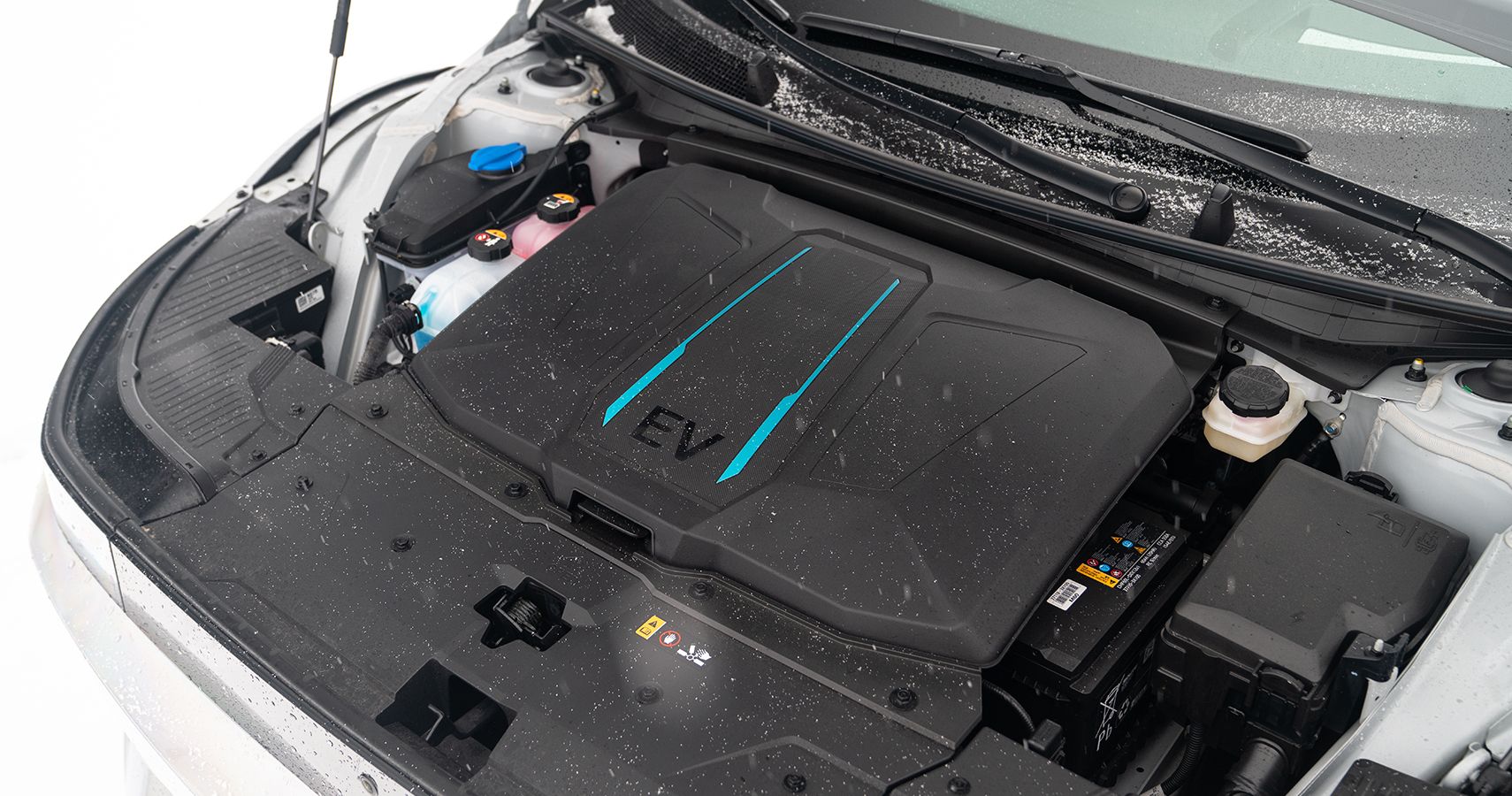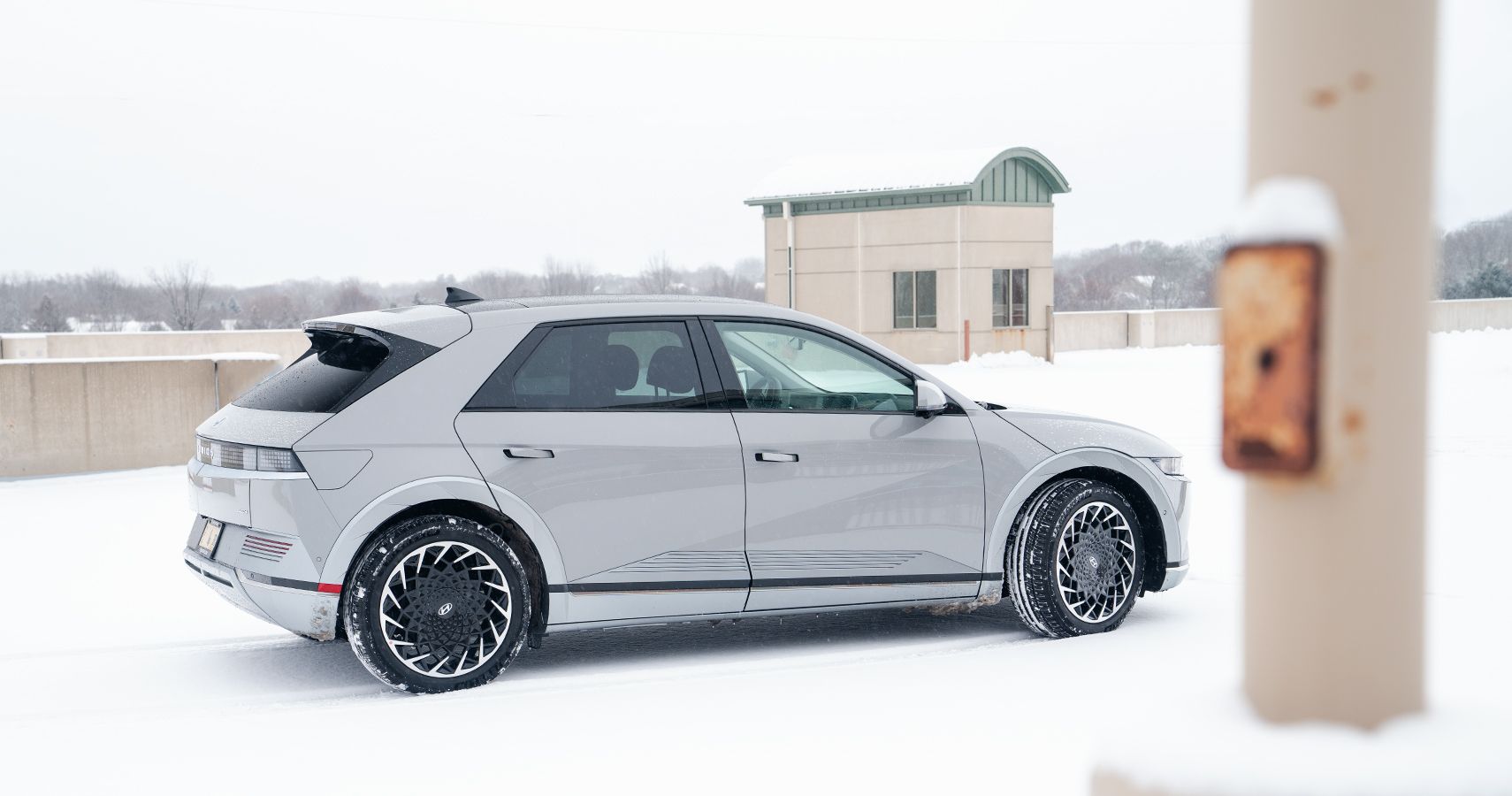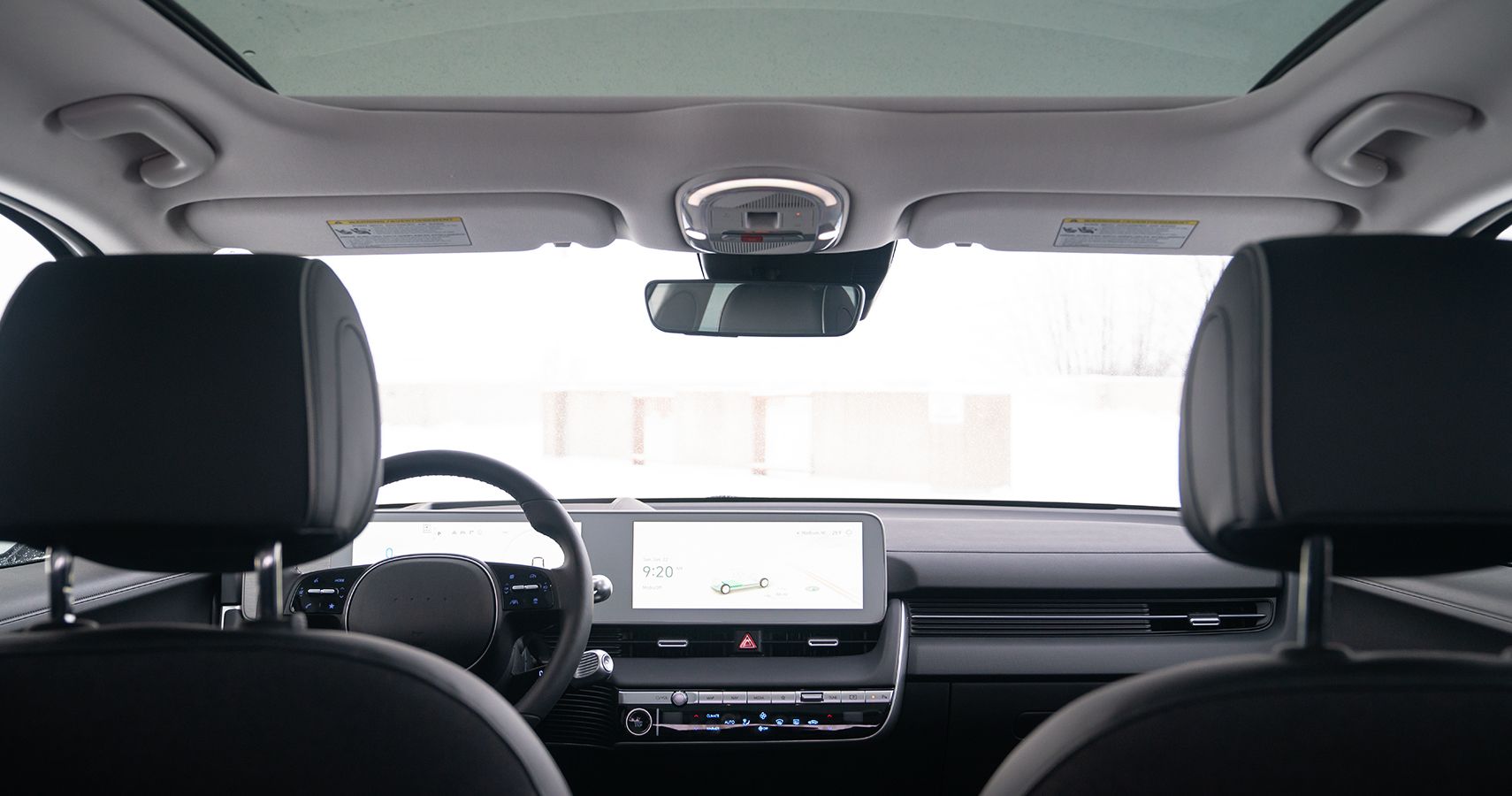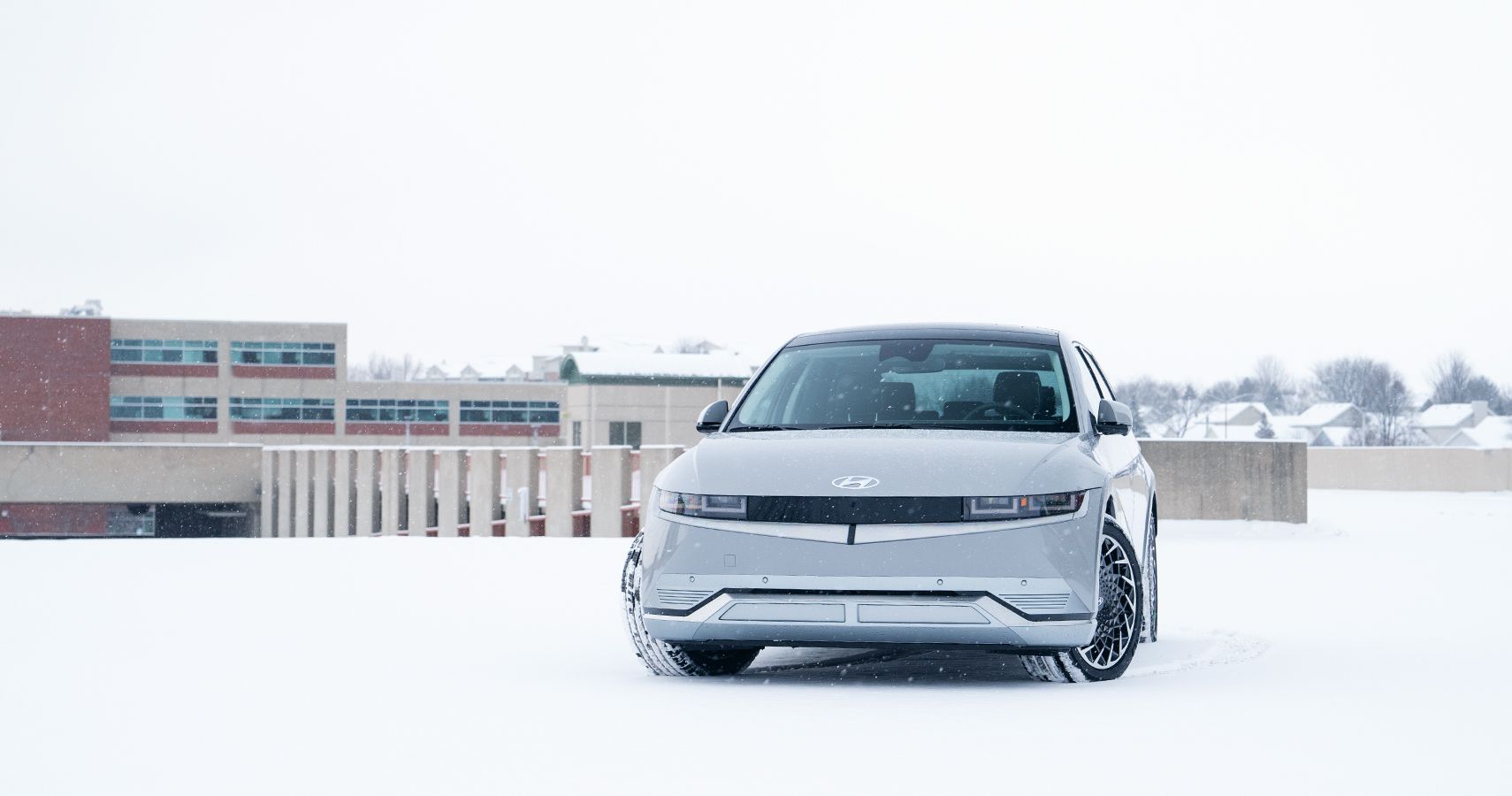Korean automaker Hyundai has been making big moves lately, and car journalists aren’t the only ones noticing. In fact, Hyundai aims to boost car sales by 10 percent in 2023. That puts total worldwide sales at 4.32 million units. One of the vehicles company executives are banking on is the eye-catching 2023 Hyundai Ioniq 5.
The Ioniq 5 certainly looks the part of tomorrow’s electric vehicle, but it has big shoes to fill if Hyundai is going to knock the Tesla Model Y off its perch as the best-selling EV in the U.S. The Ioniq 5 has a competitive starting MSRP of $41,450 and the base range of 220 miles is practical for a large segment of EV consumers, but part of the EV experience is getting an early taste of what could be the future of automobiles. Can Hyundai’s top-spec Ioniq 5 go toe-to-toe with Tesla, Ford, and the Volkswagen Group? Can it handle driving conditions more austere than southern California? To dig deeper, I talked Hyundai into tossing me the keys to a 2023 Ioniq 5 Limited ADW during the dead of winter in Wisconsin.
2023 Hyundai Ioniq 5
- A Crossover SUV That Drives Like A Hatchback
- Just As Fun To Look At As It Is To Drive
- Driver-Focused Tech And Safety Features
- Trim: Limited AWD
- Model: Ioniq 5
- Engine/Motor: Dual Electric Motors (74kW and 165 kW)
- Horsepower: 320 Horsepower
- Torque: 446 Pound-Feet
- Drivetrain: All-Wheel Drive
- Transmission: N/A
- Range: 256 Miles (EPA Estimated)
- MSRP: $56,500
- One-Of-A-Kind Exterior Styling
- Factory Wheels You’ll Actually Want To Keep
- Light, Airy Cabin
- Excellent Electronic Driver Aids
- Sure-Footed On Snow And Ice
- Battery Life Survives Cold Weather Fairly Well
- Not Eligible For A Federal Tax Credit When You Buy
- Where Are My Heated Seat Buttons?
Get Under The Hood Of The 2023 Hyundai Ioniq 5
The Ioniq 5 Limited AWD sits at the top of the model's lineup. The one I tested came with an out-the-door price of $58,005. That figure includes the $56,500 MSRP, $210 carpeted floor mats, and a $1,295 inland freight and handling fee. For that price, you’ll get dual electric motors with a combined 320 horsepower and 446 pound-feet of torque, all-wheel drive, and Hyundai’s long-range battery that can reach an EPA-estimated combined range of up to 266 miles. Hyundai lists estimated charging times from 10% to 80% of 18 minutes on a 250-kilowatt rapid charger or 25 minutes on a 150-kilowatt rapid charger. A standard 240 outlet should get you from 10% to 100% charge in about seven hours.
Asking people to pop the hood may eventually just show your age but, in the case of the Ioniq 5, there’s actually more between the front wheels than a storage cubby. Hyundai used this space to house one of the Ioniq 5’s electric motors (the other is in the rear of the vehicle).
This layout, which you can find in other Hyundai and Kia EVs, is the E-GMP. It’s a flexible platform for future EVs, as well. You might see it a lot more often in the future because the Ioniq 5 is going to serve as the platform for the Uber Robotaxi.
According to Hyundai, the E-GMP improves on previous designs with reduced charging times, higher top speeds, and a more compact package. This configuration also places the Ioniq 5’s wheels very close to each corner. That doesn't just look good and create more legroom in the cabin, it improves handling so you can take advantage of all that instantly available electric torque, even when the road gets bendy.
The 2023 Hyundai Ioniq 5 Looks Like No Other EV
The Hyundai Ioniq 5’s spec sheet is undeniably impressive, but there are a lot of powerful EVs you can buy, and that number is only going to grow in the foreseeable future. Technology is evolving so quickly that even the fastest and fastest-charging vehicles will probably seem like relics within a few years. One thing that doesn’t age (in the automotive world, anyway) is good looks. In that regard, the Ioniq 5 hits it out of the park.
The Ioniq 5, particularly in the Limited trim, looks like it came straight out of 1985 and 2085 at the same time. The lines are razor-sharp without being boxy. The interior feels high-end and creates a sense of space with the panoramic sunroof and lots of negative space. The low dash and isolated screen make the windshield feel distant, and the storage area under the center armrest is big enough for a large purse or small gym bag. A lot of crossovers end up feeling as awkward as a middle-schooler who hasn’t grown into their own feet yet, but this one manages to offer SUV practicality in a vehicle that’s sized more like a hatchback.
Can You Get Tax Incentives For The 2023 Hyundai Ioniq 5?
It pays to go electric, right? There are various federal, state, and local incentives to buy an EV instead of a gas- or diesel-burning vehicle. Don’t assume they apply to you or the Hyundai Ioniq 5 without double-checking, though.
In the past, one of the most compelling reasons to ditch internal combustion and shell out for a brand-new EV came in the form of a federal income tax credit. The folks in Washington, D.C. wanted people to buy electric so badly that they were willing to take $7,500 off your taxes during the year in which you buy an EV.
That deal is technically available through 2032 following the 2022 Inflation Reduction Act, but now there’s a whole lot of fine print involved. There are actually three sets of rules now in place, all affecting cars built in three different timeframes. There are also stipulations depending on your income and the vehicle’s price. That’s not all; since the price caps for cars and SUVs are different, you’re right to have questions about a crossover like the Ioniq 5. For example, a rear-wheel-drive Volkswagen ID.4 is a car, but an all-wheel-drive ID.4 is an SUV. An all-wheel-drive Tesla Model Y is a car, though — go figure. The only way you can know that the specific vehicle you’re interested in is eligible for an EV tax credit is by checking its VIN on the IRS website.
Going forward, car buyers will only be able to claim a tax credit on EVs assembled in the U.S. The Hyundai Ioniq 5 is not; it’s assembled in Korea, so you’re out of luck regardless of whether the government thinks it's a car or an SUV. According to the IRS, Hyundai “has entered into a written agreement … to become a ‘qualified manufacturer’ but hasn't yet submitted a list of specific makes and models that are eligible.”
One potential way around these issues is to lease an Ioniq 5 instead of buying one. This is no guarantee and you’ll still have to do your homework, but leasing an EV might open up tax incentives you’d otherwise miss out on.
Living With The 2023 Hyundai Ioniq 5
As a car enthusiast, it’s fun to see which cars get attention from the general public. I’ve seen Hellcats and Skylines roll through a crowded parking lot without turning anyone’s head because most people don’t know or appreciate what those cars are. On the other hand, The Hyundai Ioniq 5 stops people in their tracks everywhere I drive it. That’s a mark in its favor if you ask me. It’s fun to drive but it’s also fun for other people to look at. Attention becomes interest, and interest turns people into car enthusiasts. That’s a win in my book.
From the driver’s seat, the Ioniq 5 feels bigger and smaller than it is at the same time. From a driving dynamics perspective, it feels nimble and chuckable for a vehicle with a curb weight of approximately 4,500 pounds. I’d go so far as to say that it feels like a hatchback. At the same time, Hyundai pulled a fast one on the interior of the Ioniq 5. With no transmission tunnel and open space where the center console would normally be, the cabin feels roomy. There’s plenty of room for everyday belongings without even popping the hatch. When I do need to use the cargo area, it’s low but long, with about 27 cubic feet of storage with the rear seats up, 60 cubic feet with them folded down, and a little space under to hood for a charging cable.
The cabin of the Ioniq 5 feels like a natural fit for young families. The infotainment screen includes a feature called quiet mode, that deactivates the rear speakers so adults can enjoy music or hear navigation instructions while kids sleep in the back. Rear passengers also get window shades, climate control vents in the B pillars, and USB outlets to charge their electronics.
On the road, three drive modes offer control over throttle response and power delivery. Eco mode only sends power to the rear wheels and adds physical resistance to the throttle. Combining it with iPedal (Hyundai’s version of one-pedal driving) extends battery life and makes city commuting effortless. Sport mode activates all the Ioniq 5’s power, and transforms the little crossover into a hilariously entertaining experience. The Ioniq 5 is no Ford Mustang Mach-E GT Performance Edition, but it’s quick. The intangibles that make the Veloster N and Elantra N so cool are definitely present here, too. Normal mode is a happy middle ground between the two, and regenerative braking is adjustable within each drive mode. Hold the drive button down, and Snow mode overrides any setting with all-wheel drive, proactive traction control, and the lowest setting for regenerative braking.
Cycling through these controls takes almost no time because the controls are all on the steering wheel. A button on the left-hand side switches among drive modes, and paddles adjust regenerative braking up or down. At one point, I was driving through downtown city streets in Eco mode with iPedal engaged. I found myself at a stop sign where I needed to make a quick left turn onto a busy one-way street where traffic was flowing at about 35 miles an hour — Eco mode was not going to cut it. I double-tapped the mode button to access Sport mode, grabbed the left paddle a few times to dial back regenerative braking, and was ready to fire off the line when the next break in traffic appeared. The whole process couldn’t have taken more than two seconds, and I didn't have to touch a single screen or divert my eyes from the road. That’s a driver-focused interface, right there. Good job, Hyundai.
Cold weather presented the same challenges that all EVs struggle with. Range dropped significantly overnight, but the Ioniq 5 delivered on Hyundai’s promised quick recharge times. The all-wheel-drive system and Michelin Primacy Tour A/S tires found plenty of grip on snow and ice. Several days of steady precipitation kept the roads in questionable condition during this test, and the Ioniq 5 remained sure-footed the whole time (as heavy, balanced, all-wheel-drive cars often do).
My only complaints about the car are cold-weather specific. First, there are no buttons to activate the heated seats. It’s only a two-touch process using the lower control panel and the primary screen, but it would be nice to have a single button if you live somewhere with long winters. The other issue came from the lack of a rear wiper. Salty mist from the road collected on the rear window and, although it uses a heating element to melt ice, there’s no way to clean it without getting out of the car and doing the job yourself. I suspect this was a visual design choice, and I respect that. It’s ok to make sacrifices in the name of style, though some drivers may disagree.
Does The 2023 Hyundai Ioniq 5 Deserve The Hype?
With the exception of reduced charging times, I’m not sure that the Ioniq 5 is the best EV in any objective category. The subjective categories, though? Hyundai is killing it. Every automaker is scrambling to build EVs, and many of these vehicles feel the same. Part of that comes from the ubiquitous skateboard architecture of a body on a battery, and some if it comes from a preconceived idea that EVs need to be sleek, swoopy, and full of labels like eco-drive, eco-radio, and eco-seat-heaters. With the Ioniq 5, Hyundai is breaking from the pack and carving its own path.
The Ioniq 5 drives well. It charges quickly. More importantly, it looks like a DeLorean had a baby with a Golf and people notice it. This car doesn’t blend in with the growing sea of Teslas. Hyundai’s designers took a huge risk and the engineers backed it up with quality and performance. So yes, this car deserves the hype. I don’t think driving a production EV has ever been more rad, and I can’t wait to see what the Hyundai Ioniq 7 brings.

